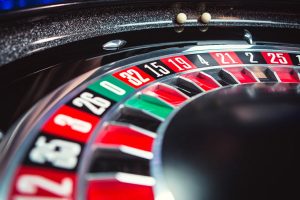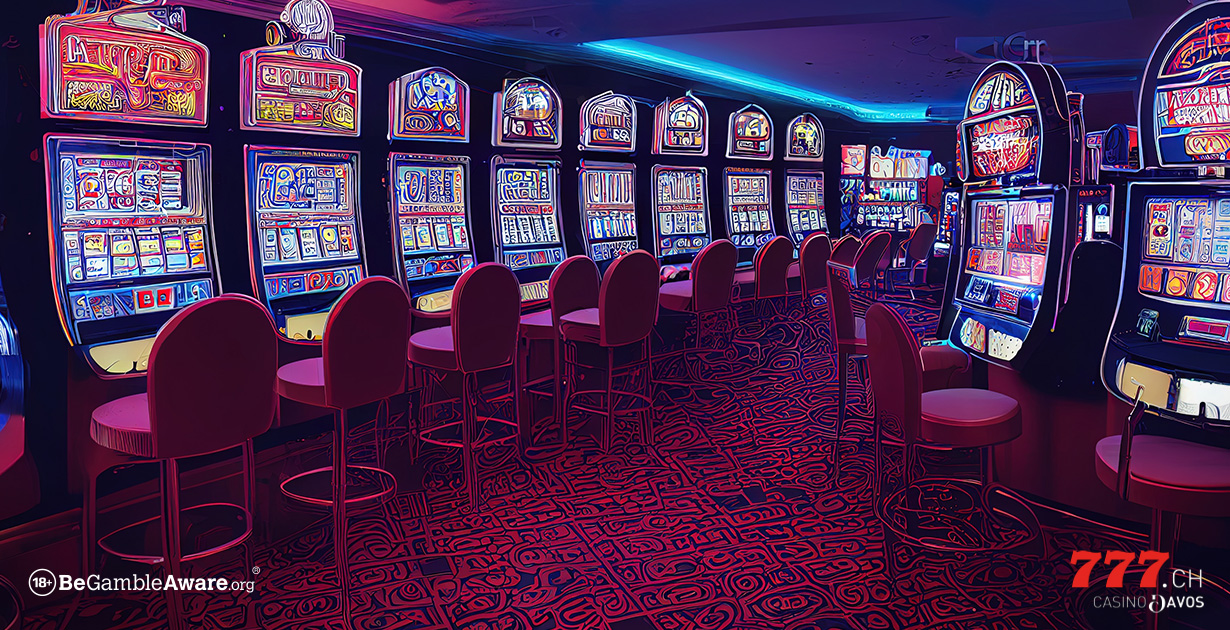Many stories entwine around the origin of the poker game and its variations as we know them today. In the 19th century, immigrants brought European variations of the game to America. The German “Poch” and the French “Poque” are regarded as the most important forerunners. The name “Poker” appeared for the first time in 1836. Draw Poker with a package (deck) of 52 cards and the introduction of Flush and Straight was played from the middle of the 19th century in the United States with relatively uniform rules and is therefore considered the oldest of today’s popular variants. The name of these poker games derives from the ability to draw cards and draw new cards. Not to be confused with a “draw” as an expression in the language of poker players when a hand is incomplete and the player remains in the hand on a draw. For example, four cards in the card suit Heart, with the fifth card the flush would be complete. Let’s talk about some of the most common variations:
Five Card Draw
During the American Civil War the possibility to exchange cards became more and more popular. Many Wild West movies include scenes in the saloon where poker is played. When talking about poker, the term “five card draw” was usually used.
Game procedure
Dealing the cards and first round of betting
The dealer “dealer” is drawn, or in the casino the position of the “fictitious” dealer, because the cards are split by the dealer. Before the start of a game, each player pays the specified basic bet, the ante, into the pot. Each player is then dealt five cards face down.
This is followed by the first round of betting:
The player to the left of the dealer takes the first action, i.e. he may “speak”:
- Check h. Do not bet, or
- bet, i.e. place a bet in the pot within the defined limits (limits).
However, once a player has placed a bet, the following players can only play either
- call and put the same amount into the pot, or
- raise and place a higher bet than the previous player, or
- fold (also pass) – and place his cards face down
If one or more players have bet, the betting round will continue until all players have either
- have paid the stakes or
- have left the game.
Usually a maximum of three raises is allowed in a betting round.
Card exchange and second betting round
After the first betting round you can now draw cards. Players place cards that do not fit into their hand face down and then receive the same number of cards from the dealer.
Also, the number of cards that can be exchanged can vary, usually there is a limit of four cards. (If the player exchanges four cards, they are not dealt in one move, e.g. one card, then the draws of the other players, and as a final draw, the other three cards.)
This is followed by the second betting round:
The player with the last bet or raise bets places the first action. The other actions are the same as the first betting round. If all players fold after a bet or raise, the player who placed the action wins the pot.
Showdown
If two or more players are still in play after the end of the second betting round, the showdown follows: the players reveal their cards and the dealer determines the value of the hand. The player with the highest hand wins the pot. If the hands are equal, the pot is split. The cards are revealed in the same order as the actions of the second betting round.
Sometimes Five Card Draw is also played with 53 cards. In these variations, a joker is added to the deck. There are also different ways to use this joker, e.g. to complete a straight or flush. If the joker can be used as any card, five of a kind is the highest card combination and better than a straight flush.
Triple Draw
Triple Draw is a Five Card Stud variant and is mostly played with fixed limit structures and very often as “Lowball” (the lowest hand wins). Unlike Five Card Draw, there are three swaps and betting rounds. We introduce you to two well-known and popular variations:
A-5 Triple Draw
Value of hands: Neither straight nor flush are counted. Aces are the lowest cards. The lowest hand – the best hand for this game – is: A,2,3,4,5.
2-7 Triple Draw
Value of hands: Straight and flush are scored. Aces are always the highest cards. Therefore, 2-7 Triple Draw 2,3,4,5,7 in at least two different suits is the best card combination.
If 2-7 Triple Draw is played with only one round of dealing, it is usually played as a No-Limit variant. This game is also known as “Kansas City Lowball” and was until a few years ago at the WSOP as a tournament with rebuys (shopping into the tournament again) a particularly spectacular event.
Badugi
Badugi is usually also played as a Triple Draw variant. Unlike most types of poker, the player is dealt only four cards. Badugi is also played as a low ball and the first bets are placed as blinds.
Value of the hands: Only cards of different suit and value count. If the player has a pair in his hand, this card is removed, just as a card of the same suit is not counted. The hand that consists of more cards always wins.
This means that A,2,3,4 in four different suits (spades, hearts, diamonds and clubs) is the best Badugi hand.
Examples:
Hand 1: 8,7,6,3 against hand 2: T,3,2,A both hands in four different colors. Hand 1 wins because the 8 is lower than the T.
Hand 3: 4 Diamonds, 3 Spades, Ace of Hearts, Ace of Clubs against Hand 4: Queen of Spades, Jack of Hearts, 9 Clubs, 5 Diamonds
Hand 4 wins because an ace is removed from hand 3 and the hand now consists of only three cards.
Conclusion
The Draw Poker variations are generally very psychologically burdensome and require a lot of experience.
The more special the variants become, the more care should be taken to ensure that the majority of players who prefer this game know this variant very well and often play it. If you have found a type of poker that suits you best, start at low bet tables.
Read more about poker in the next blogs! Take advantage of the many new games at casino777.ch and stay curious.









